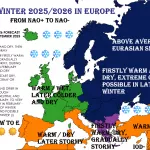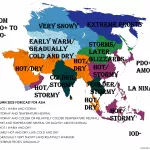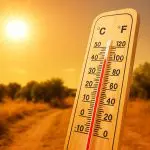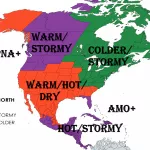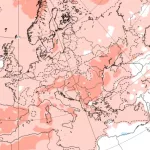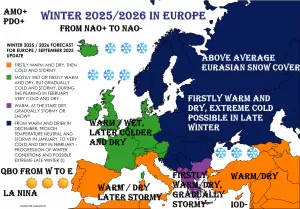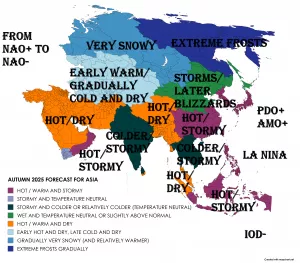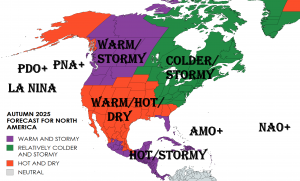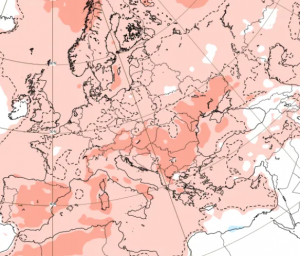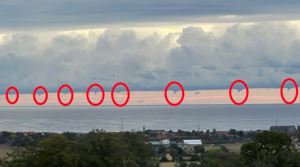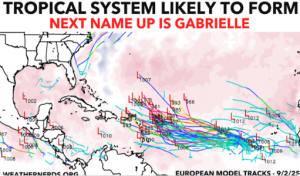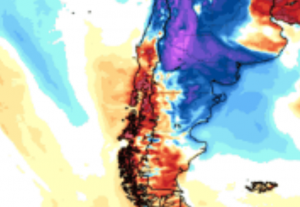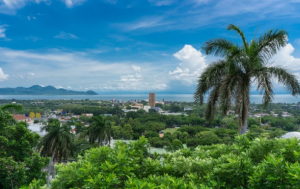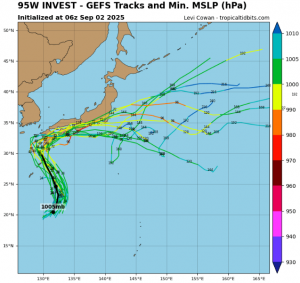
Asia is facing an extraordinary and unprecedented September heat wave, with Japan and South Korea shattering records that were previously thought unreachable. Temperatures have surged to levels more typical of peak midsummer than early September, marking one of the most extreme late-season heat events ever observed in the region.
In Japan, the extremes are unbelievable and historic. At Sendai, the mercury reached 37.4°C, setting not only a September record but the highest temperature ever measured in the city’s entire climate history. Nearby, Watari soared to 36.1°C, also breaking its all-time heat record. These are not isolated anomalies—hundreds of records have been broken across Japan, many of them by large margins. The scale of this heat wave is so vast that it is being described as the most extreme heat event in Japanese history. What makes it truly remarkable is that not just September records but absolute all-time records have been brutalized in city after city, rewriting the climate books of the nation.
South Korea has also been scorched by this brutal late-summer event. At Tonghae, the temperature peaked at 35.2°C, and at Bukgangneung the maximum reached 35.0°C. Both stations experienced record-shattering September heat, pushing far beyond typical values for this time of year. But it was not just the daytime maximums that made this heat wave dangerous—it was the extraordinary nighttime heat. Wonju recorded a minimum of 25.5°C, Sokcho 25.4°C, Bukgangneung 24.6°C, and Ulchin 24.1°C. These tropical nights, where temperatures fail to drop below 25°C, are virtually unheard of in September in South Korea and represent a serious health risk for vulnerable populations.
The persistence and intensity of this event are directly tied to a stubborn ridge of high pressure parked over East Asia, locking in clear skies, subsidence, and relentless heat accumulation. At the same time, surrounding seas remain unusually warm, providing an additional reservoir of heat and humidity. This combination has fueled what is now being widely regarded as one of the most severe late-season heat waves in global meteorological history.
This Asian historic heat wave is rewriting climate statistics at an alarming pace. In Japan, the fact that all-time temperature records are falling in September is nothing short of astonishing. Normally, maximum records occur in July or August, but the 2025 event demonstrates how much seasonal patterns are shifting, with extreme summer-like conditions extending deeper into the autumn months. The combination of record highs by day and record-breaking high minimums by night has produced a sustained, oppressive heat stress environment across millions of households.
In summary, September 2025 will be remembered as a turning point in Asian climate extremes. With 37.4°C in Sendai, 36.1°C in Watari, and widespread all-time records across Japan, combined with 35.2°C in Tonghae and brutally high nighttime temperatures in South Korea, this event stands as the most extreme September heat wave in Japanese history and one of the most shocking late-summer heat outbreaks ever observed in Asia.

Illustration picture: https://www.happi.com/younger-asians-embrace-uv-protection/

